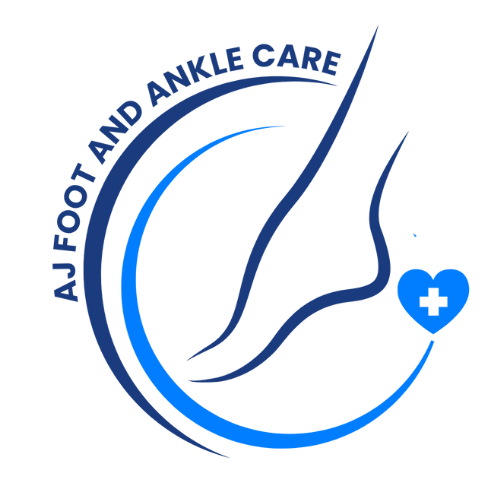Flat Feet
Flat feet, also known as fallen arches, occur when the arches on the inside of your feet flatten out. When this happens, the entire sole of the foot touches the ground when standing. While flat feet are common and often painless, they can sometimes lead to discomfort, fatigue, or problems with alignment in the legs and back.
What Causes Flat Feet?
Flat feet can be present from childhood or develop over time due to:
-
Genetics (inherited foot structure)
-
Weak or stretched tendons
-
Injury to the foot or ankle
-
Conditions such as arthritis or diabetes
-
Obesity, which places added stress on the feet
-
Pregnancy or aging, which may cause ligament changes
Flat feet can affect one or both feet and may worsen with activity or prolonged standing.
Symptoms
Some people with flat feet have no symptoms. Others may experience:
-
Foot pain, especially in the heel or arch
-
Swelling along the inside of the ankle
-
Pain that increases with activity
-
Tired or achy feet after standing for long periods
-
Knee, hip, or lower back discomfort due to poor alignment
Painful flat feet can interfere with daily activities and should be evaluated by a specialist.
Diagnosis
To diagnose flat feet, your provider will examine your feet while you stand, walk, and perform basic movements. You may be asked about your symptoms and activity level. Imaging studies such as X-rays, CT scans, or MRIs may be used to assess the condition of the bones, joints, and soft tissues.
Treatment Options
Not all cases of flat feet require treatment. If you are experiencing pain or difficulty with movement, several non-surgical options can help:
-
Supportive footwear: Shoes with proper arch support and cushioning can make a big difference.
-
Custom orthotics: These are specially made inserts that support the arch and improve alignment.
-
Stretching and strengthening exercises: These help relieve pain and support the surrounding muscles.
-
Physical therapy: A structured therapy program can help restore flexibility and strength.
-
Anti-inflammatory medication: Pain and swelling may be managed with over-the-counter or prescription medication.
In more severe cases where conservative care does not provide relief, surgery may be recommended to correct structural issues.
When to Seek Care
You should schedule an evaluation if you:
-
Experience persistent foot, ankle, or lower body pain
-
Notice your arches collapsing over time
-
Have difficulty with daily activities due to discomfort
-
Feel unstable while walking or standing
Early treatment can prevent complications and help restore comfort and mobility.
About Dr. Mansoori
Dr. Jasmin Mansoori is a board-certified podiatrist known for her compassionate approach, clinical expertise, and commitment to delivering thoughtful, patient-centered care.
Quick Connect
office@ajfootanklecare.com
469-398-1972
737-247-7483
2301 Ohio Dr., Ste 182
Plano, TX 75093
Office Hours
Mon-Fri : 9AM – 5PM
© 2025 AJ Foot and Ankle Care. All rights reserved.
